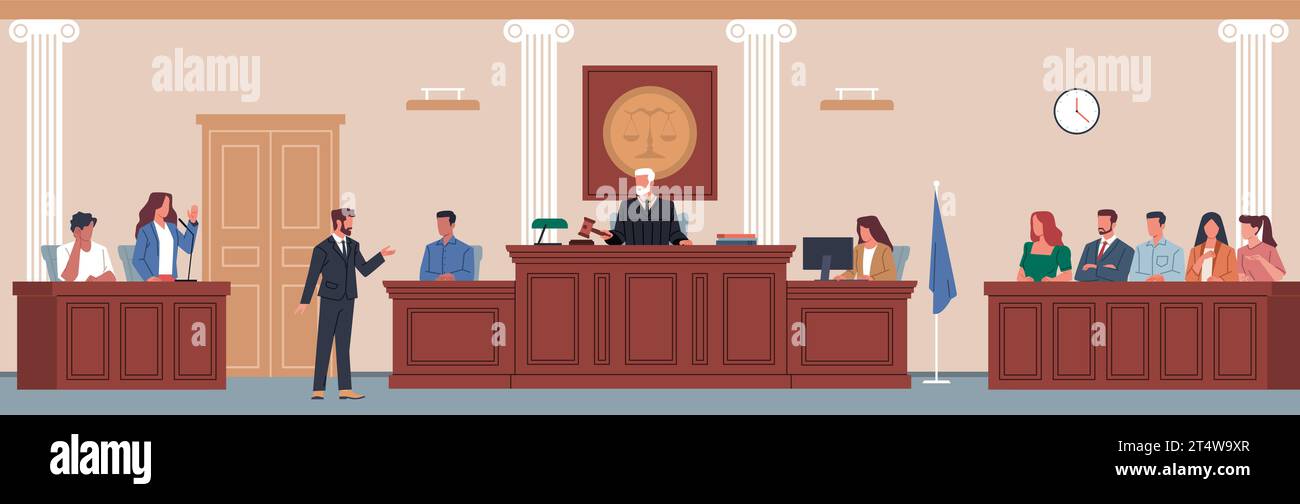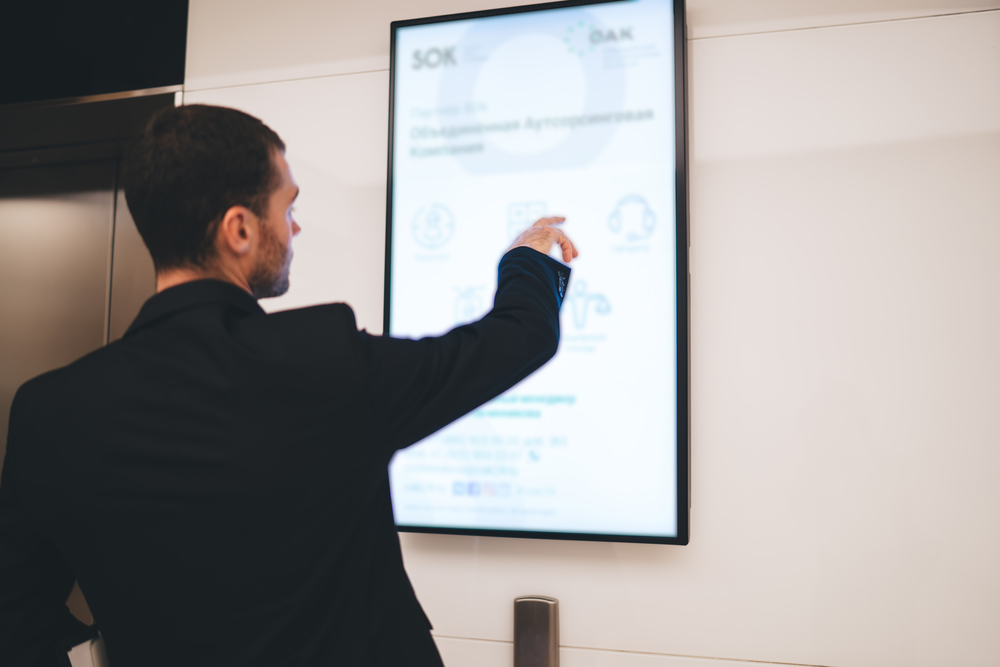Improve your case with dynamic and well-structured trial presentations designed for impact.
Improve your case with dynamic and well-structured trial presentations designed for impact.
Blog Article
Exactly How Test Presentations Enhance Your Disagreement and Encourage Jurors
Test presentations offer as an essential mechanism for boosting lawful arguments and encouraging jurors. The critical use of visuals not just clears up complex info yet likewise captures jurors' interest much more successfully than words alone.

Importance of Aesthetic Aids
Visual help play a critical function in enhancing the effectiveness of test presentations, as they can significantly enhance audience involvement and retention of info. In the context of a test, where jurors are charged with handling complicated details, aesthetic aids offer to simplify and make clear crucial points. Charts, graphs, and photos can communicate information and concepts that might otherwise bewilder or confuse jurors, enabling a more uncomplicated understanding of the evidence presented.
Moreover, aesthetic aids help in keeping juror interest throughout the process. By breaking the uniformity of verbal testament, these tools can stress vital arguments, making them more remarkable. Efficient aesthetic help can likewise stimulate emotional actions, which can be pivotal in convincing jurors to align with the speaker's story.

Crafting Engaging Stories
A compelling story is important in test discussions, as it works as the backbone of reliable persuasion. It enables lawyers to weave together facts, proof, and psychological elements into a meaningful tale that reverberates with jurors. This narrative structure allows jurors to recognize the intricacies of the case while guiding them with the lawyer's argument.
To craft a compelling story, lawyers should focus on clearness and comprehensibility. This entails establishing a clear protagonist-- usually the client-- and outlining their journey with the occasions concerned. Offering the realities in a logical sequence enhances comprehension and preserves interaction. In addition, the usage of dazzling descriptions can develop psychological photos that help jurors visualize the events, making the narrative much more memorable.
Moreover, incorporating vital motifs throughout the discussion enhances the core message and help in retention - trial presentations. The narrative ought to not only convey details yet likewise evoke a sense of justice, highlighting the risks involved. Inevitably, a well-constructed narrative fosters a connection in between the jurors and the instance, placing the attorney's argument as both reputable and compelling, therefore boosting the probability of a desirable judgment

Engaging the Jury Mentally
Reliable court interaction hinges on the lawyer's ability to link with jurors on a psychological level. This connection can dramatically impact jurors' assumptions and their best decision-making.
Visual aids, such as pictures or video clips, can even more improve emotional involvement, providing jurors with brilliant depictions of the case's human elements. Crafting a narrative that highlights the battles and triumphs of the individuals involved guarantees that jurors see past the lawful debates and recognize the human repercussions of their choices.
A lawyer's enthusiastic distribution can click for more reverberate with jurors, strengthening their emotional investment in the case. It's important to balance emotional appeals with factual evidence, ensuring that jurors really feel urged to act while continuing to be based in the reality.
Structuring Your Presentation

The body of the discussion need to be logically fractional right into essential factors, each supported by compelling evidence. It is useful to use narration methods to weave realities right into a story that jurors can easily follow. Visual help, such as graphes and video clips, can boost understanding and involvement, aiding to highlight vital pieces of proof.
Real-World Study
Taking a look at real-world study provides invaluable insights right into the art of trial presentations and persuasion. For example, the landmark instance of "O.J. Simpson v. The Individuals of The golden state" highlights exactly how aesthetic help and compelling stories can guide jury understandings. The protection group properly employed a method that incorporated high-profile professional statements with multimedia discussions, which captivated jurors and eventually affected their choice.
An additional remarkable instance is the "McDonald's Coffee Instance," where the complainant's lawyers made use of visuals photos of the injuries received by Stella Liebeck. trial presentations. This raw aesthetic proof played an essential function in communicating the seriousness of her burns, resulting in a substantial court honor. Such situations demonstrate that impactful trial presentations frequently rest on the effective integration of visuals and narration to stimulate psychological actions get more from jurors
Moreover, the "Casey Anthony Trial" highlighted the significance of narrative coherence and credibility. The prosecution's failing to official statement develop an engaging timeline decreased their convincing power, underscoring the necessity of a well-structured discussion. Assessing these situations exposes that successful test discussions need tactical preparation, psychological interaction, and the capability to reverberate with jurors' worths and beliefs.
Final Thought
Test presentations dramatically enhance debates and convince jurors via the tactical use of aesthetic aids, compelling stories, and emotional interaction. A well-structured discussion balances emotional allures with factual proof, inevitably resonating with jurors' worths.
Report this page